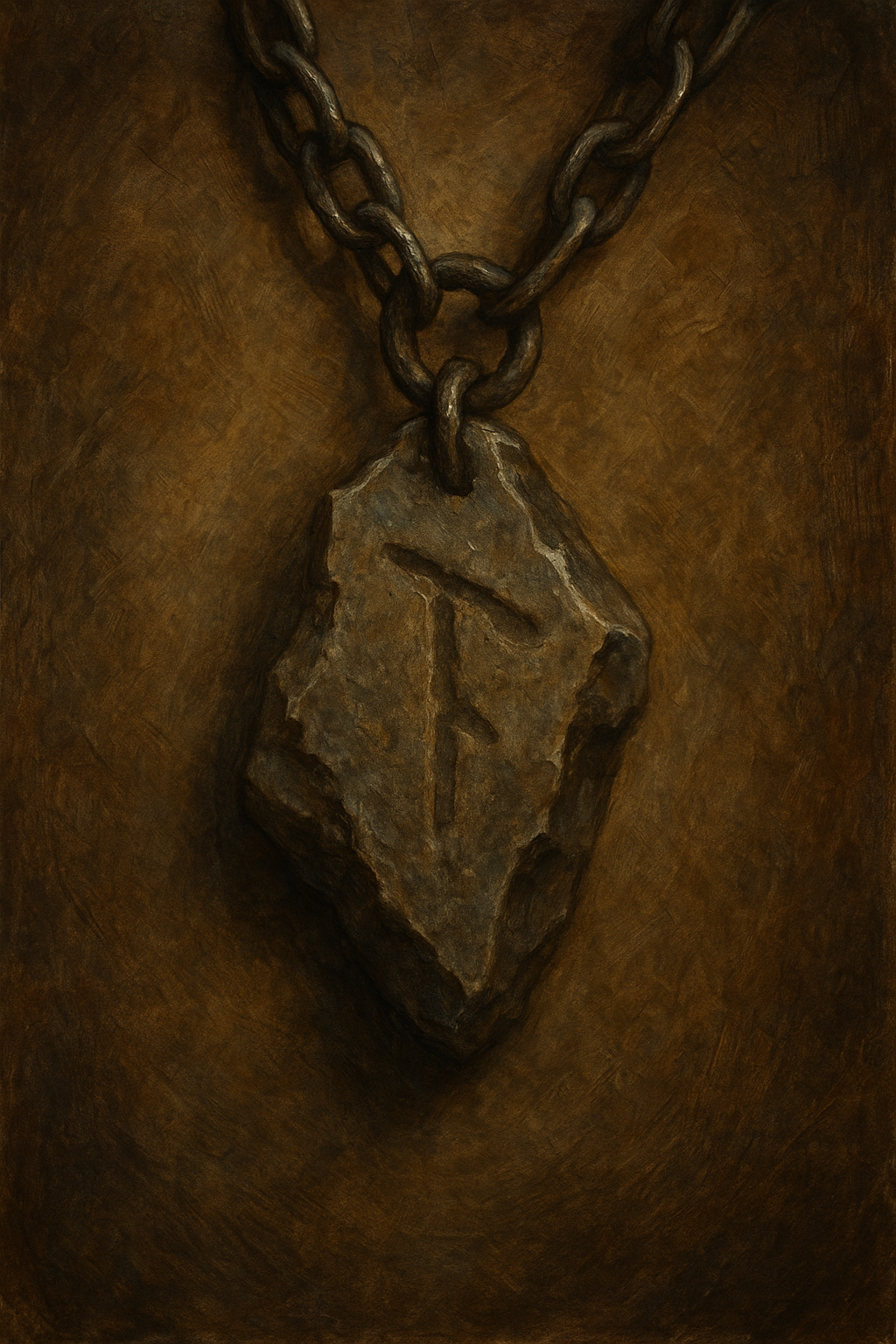Proto-dwarven
The Proto-Dwarven language is a subject of study among modern scholars seeking to trace the historical roots of the sentient races. Few complete artifacts or written records survive that capture its full breadth; only fragmented words and phrases preserved in the heirlooms of the Rolfgari people.
It is widely believed that the closest living descendant of this tongue is Modern Dwarven, though traces of Proto-Dwarven appear across many cultures. Its influence is evident in the formation of languages spoken by other races, including orcs, halflings, and gnomes.
The roots of the language stretch deep into the Dorian Chronology, with certain phonemes resembling animalistic sounds or echoes of the speech used by the sentient monsters of that era. Some speculate that this may reflect the influence of ancient spirits active around Mount Rolfgar, particularly if one accepts the linguistic evolution theory favored by Dorian scholars.
Study of surviving material along with the modern dwarven language reveals key aspects of the original tongue.
Writing System
Ιts script was runic, derived from simplified pictographic symbols representing the most common concepts of early life.
The original sounds that accompanied each symbol gradually evolved into consonants and vowels.
Geographical Distribution
The widespread Rolfgari Diaspora and the sharing of their knowledge with local populations led to the adoption of Proto-Dwarven words by other ethnic groups. These words often introduced concepts previously unknown to those communities; ideas of forging, law, defense, or craftsmanship.
Over time, many of these loanwords were replaced by neologisms or distorted through pronunciation. However, the phrases in which they appeared endured, giving rise to idioms in local dialects long after the original words had faded from use.
One can still observe the influence of Proto-Dwarven in regions like Doriande, particularly in place names and terms that seem out of place in the Dorian dialect.
For example, the cities Fiorlas and Skarm are believed to derive from the Dwarven roots:
Fjor Lazur: Literally “Fort on water”, or metaphorically Sea Fort
Yjskar Myr: “Beacon of Myr,” the goddess of luck and travel
Proto-Dwarven terms also appear in legal texts and public declarations, especially those concerning trade, craftsmanship, or mining law hinting further at the dwarven influence in the early foundations of civilization.
Phonology
The suggested pronunciation of many of the sounds is harsh and clipped, possibly due to the cold climate of the region, which naturally encouraged people to speak with minimal jaw movement.
Morphology
Grammatically, Proto-Dwarven is built on a system of root concepts, with words formed through the combination of these elemental meanings.
Syntax
Sentences follow a strict Subject–Verb–Object order.
Adjective Order
Adjectives always follow the noun they describe.



I love proto languages, and so I enjoyed this a lot in particular. I felt immersed in the article and way the language formed.